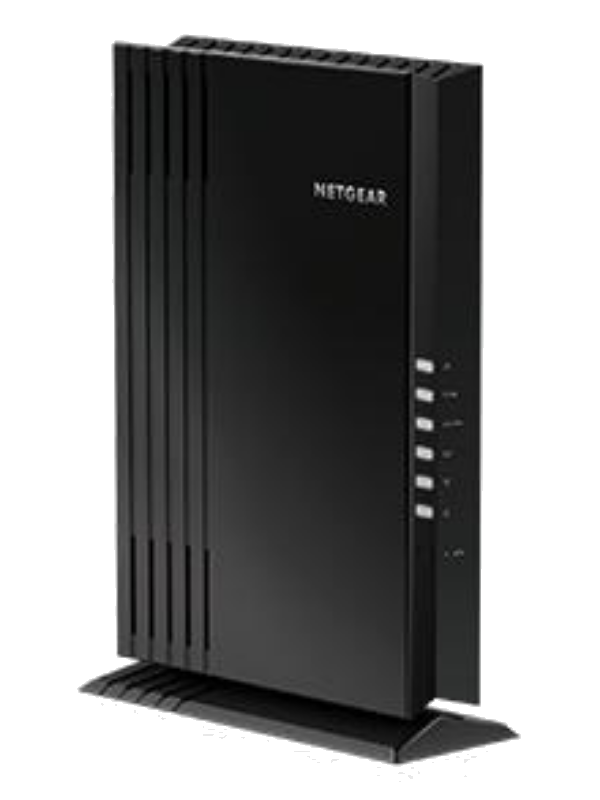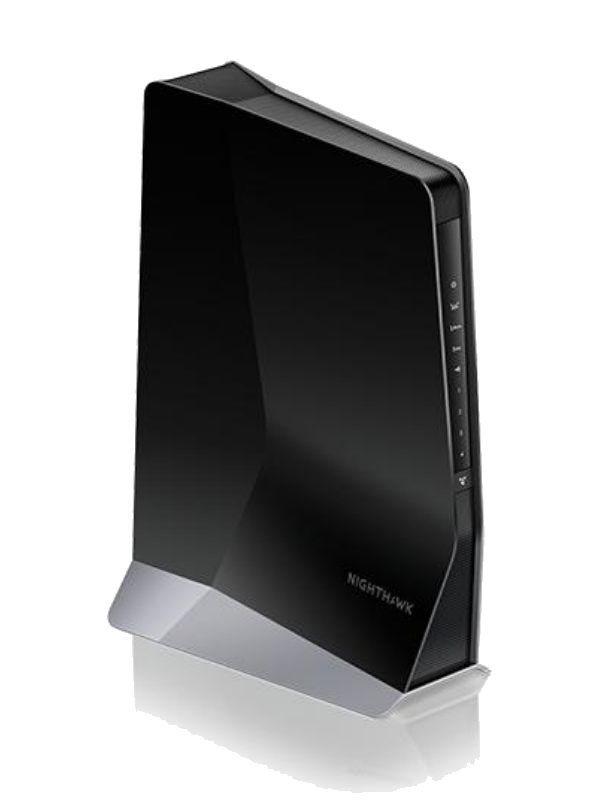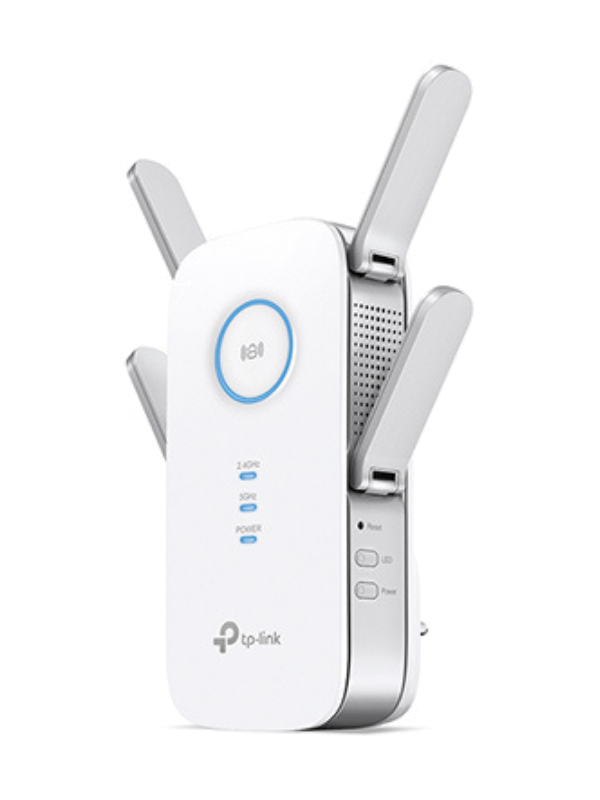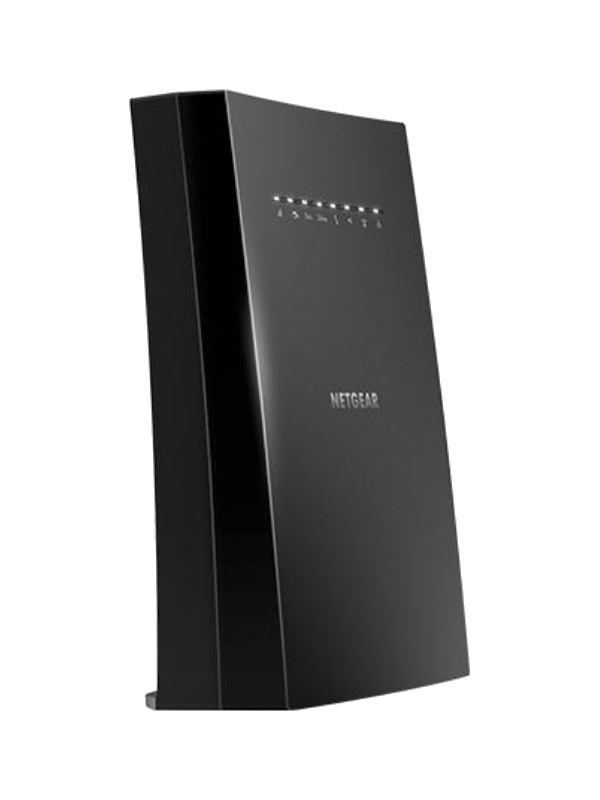We recently purchased 12 of the most common Wi-Fi extenders, including the Netgear EAX20 AX1800. And we put it through several tests and thoroughly vetted all of its features.
For the most part, the EAX20 did well, with a few minor issues. But it is good quality and will meet the Wi-Fi coverage needs of most homeowners.
As home networking enthusiasts, we know what tests to perform on Wi-Fi extenders and their important benchmarks. Which, we want to share with you.
So, let’s get started with the review.
Netgear EAX20 AX1800 Overview
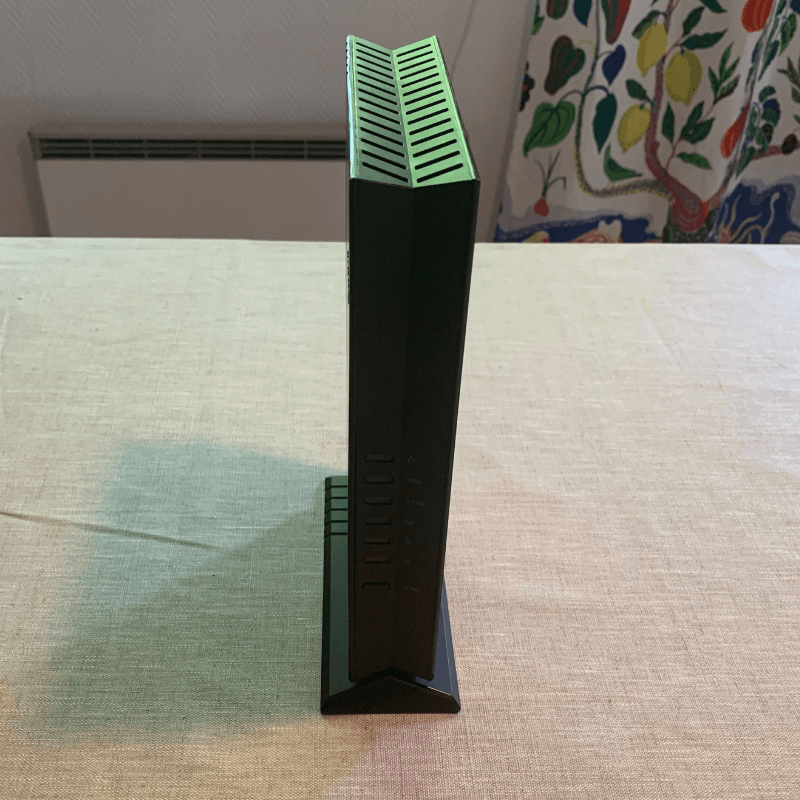
Hello, and thank you for joining our review of the Netgear EAX20 AX1800 Wi-Fi extender.
This review covers who this extender will work best for, its key features, and its core benefits. It is loaded with features and has something for everyone.
With that said, who might this extender be best suited? For the most part, the Netgear EAX20 is best for anyone with a high-speed Internet plan (1,000 Mbps or more). If you’re performing intense online tasks daily– video meetings, 4k streaming, online gaming, downloading huge files– this extender can do it all simultaneously.
It is nearly the fastest extender we tested (only beat by the Netgear EAX80), and it has enough range to cover the entirety of most households.
However, this extender isn’t all sunshine and roses. It did give us some headaches during setup. It wouldn’t recognize our correct network password until we moved it closer to the router. And its Smart Connect feature didn’t work for us.
But after these setup issues, it worked fine. Sure, it isn’t as fast as the EAX80, and its range isn’t as good, but it is about half the price. And it is faster than every other extender in our trial testing.
Is the EAX20 a good extender? Yes, we think so.
Keep reading to learn why the Netgear EAX20 AX1800 might be just what you need to eliminate the Wi-Fi dead spots in your home.
Specs
| Brand | Netgear |
| Model | EAX20 AX1800 |
| Max Tested Wi-Fi Speed | Wi-Fi: 398.67 Mbps Ethernet: 609.81 Mbps |
| Approximate Range | Wi-Fi: 50 feet Ethernet: 60 feet |
| Wireless Standard | Wi-Fi 6 |
| Bands | Dual-band |
| LAN Port | Four (4) 1 Gigabit Ethernet Ports |
| Dimensions | 11.4 x 8.3 x 4.5 inches |
| Weight | 2.15 pounds |
| Warranty | 1-year |
Performance 4.5
The Netgear EAX20 AX1800 performed well in our speed tests. On the 5 GHz band while connected to our router with Wi-Fi reached:
- 398.67 Mbps at 5 feet
- 276.69 Mbps at 15 feet
- 236.7 Mbps at 25 feet
And (of course) connecting the extender to the router with Ethernet yielded faster speeds, but not as high of an increase on other extenders we tested:
- 609.81 Mbps at 5 feet
- 344.84 Mbps at 15 feet
- 214.59 at 25 feet
The Netgear EAX20’s Wi-Fi speed is very impressive. And like we mentioned before, one of the fastest we tested. On the other hand, its speed on Ethernet was subpar. It was slower than five other extenders we tested.
However, it is still plenty fast for most homes and quick enough to stream multiple 4k movies at the same time.
Before we forget, we tested this extender with a powerful and fast router– the ASUS RT-AX88U. If you use a slower or old router, your speeds will differ.
You could connect your gaming console or computer the four 1 Gigabit Ethernet ports on the extender for even faster performance.
The Netgear EAX80 is a dual-band extender, which is a minor drawback compared to tri-band units. Three bands (one 2.4 GHz and two 5 GHz bands) generally provide greater bandwidth and the ability to connect more devices.
Despite the slower than expected Ethernet performance and dual-band limitation, the Netgear EAX80 is still plenty fast. It’s good for most home Internet plans, even ones offering 1,000 Mbps.
Range 3.3
The Netgear EAX20 had a subpar range in our testing–
- 50 feet on Wi-Fi
- 60 feet on Ethernet
Still, 50-60 feet of additional Wi-Fi coverage is nothing to sneeze at. But still enough to fill the average home with Wi-Fi coverage.
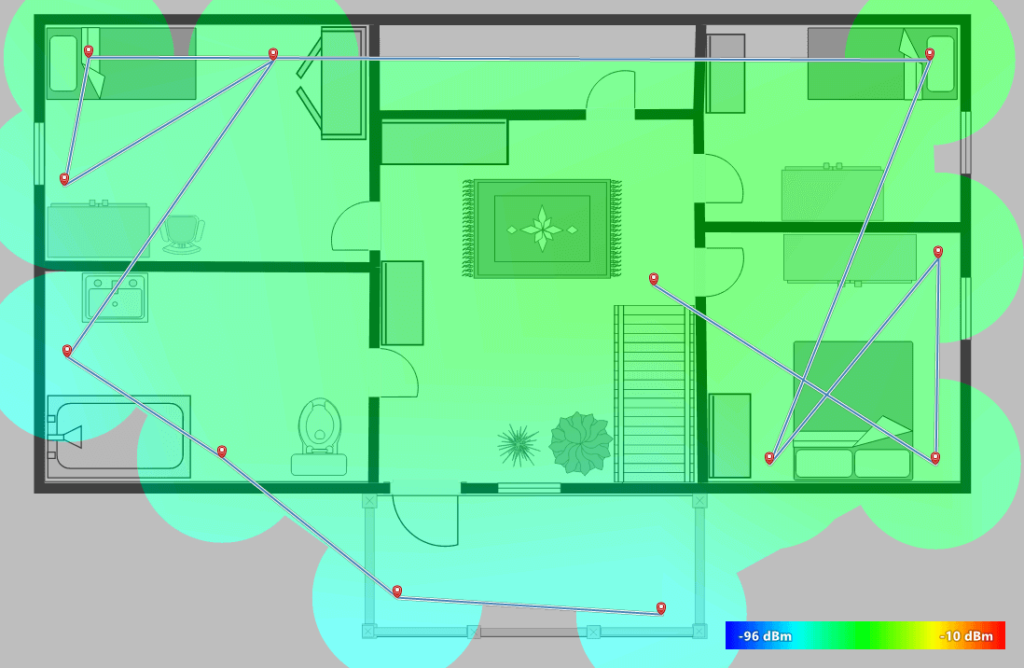
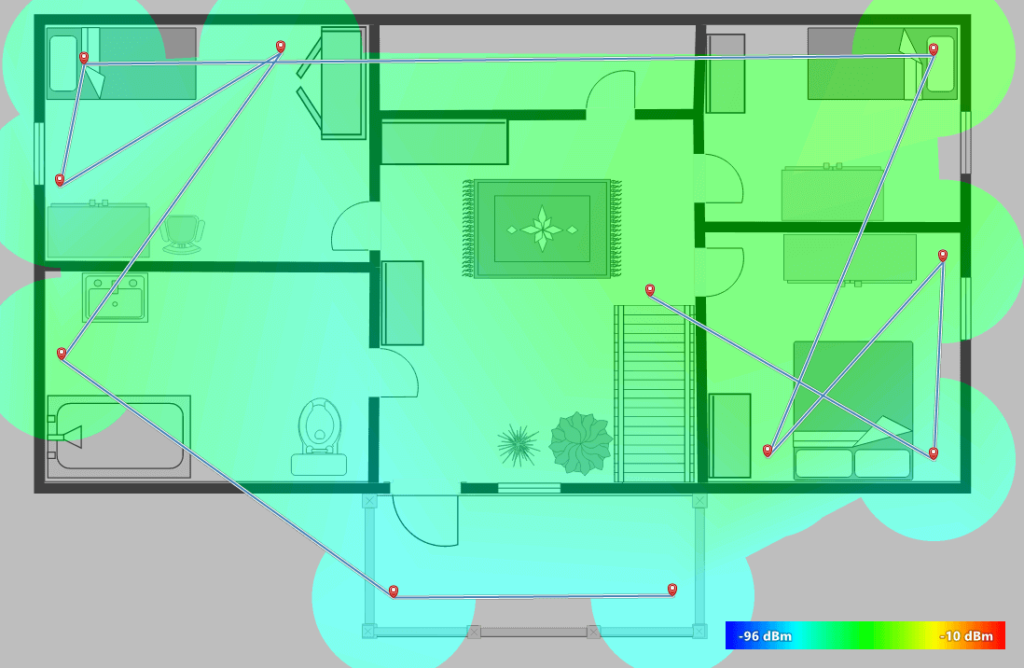
Place this extender halfway between your router and the difficult-to-reach location for optimum coverage and elimination of all Wi-Fi dead zones.
Do you need Wi-Fi coverage in your basement or a hard-to-reach bedroom? The EAX20 will do the trick.
Compared to the other extenders we recently tested, this range was below average on both Wi-Fi and Ethernet.
Design 4.6
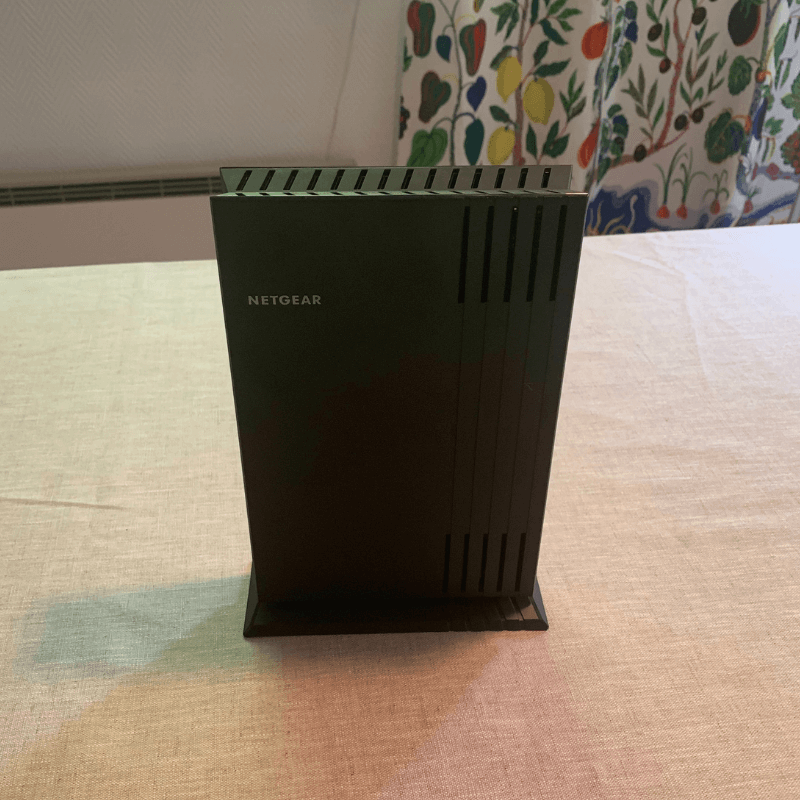
The Netgear EAX20 AX1800 takes design notes from its faster brother, the EAX80. Although it shares the same black color and vertical design with angled corners, it is physically smaller and weighs just 2.1-pounds. This makes it easier to fit on a shelf or desk.
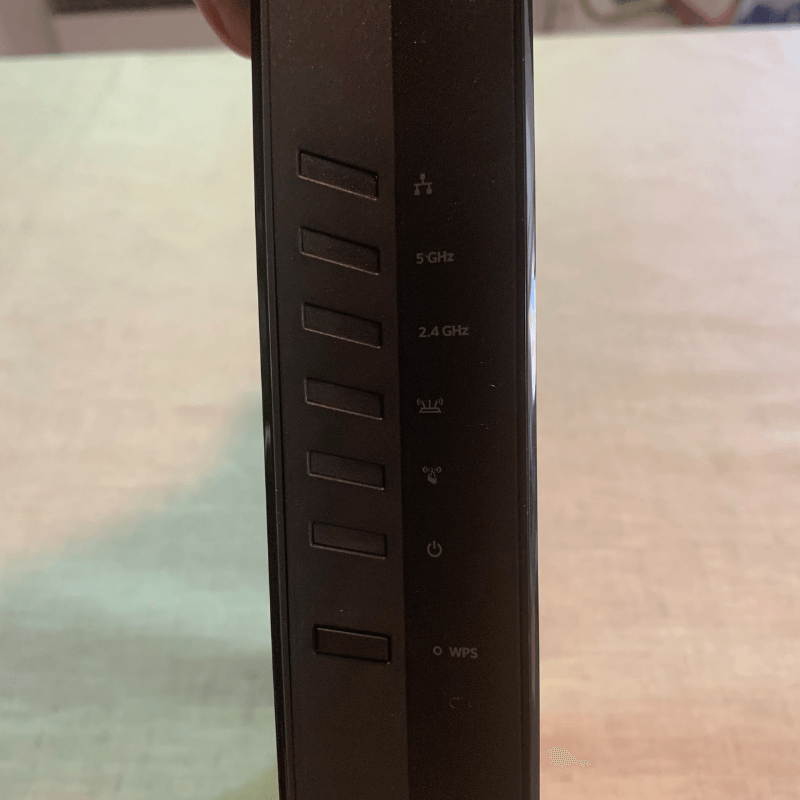
It’s a bit larger than a paperback book, at 11.4-inches tall, 8.3-inches deep, and 4.5 inches wide at the base.
You will find the four wired 1 Gigabit Ethernet ports on its backside. For faster download speeds, you can use these to connect nearby wired devices like printers, gaming consoles, desktop PCs, laptop docks, etc. It does not include a USB 3.0 port like the more expensive EAX80.
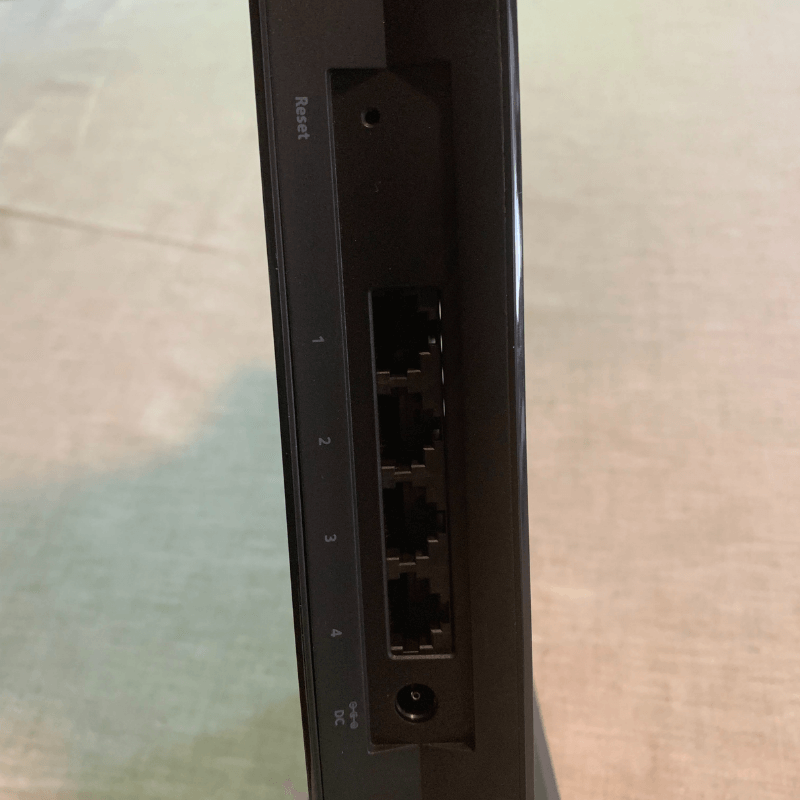
Setup 3.5
Just like the EAX80, the setup for the Netgear EAX20 was a bit tricky. We struggled. We started by placing the EAX20 about halfway between our router and our Wi-Fi dead zone.
When we tried to link the extender with our router’s network, it kept stating that our network password was incorrect (it wasn’t– we promise). So we turned off Smart Connect and moved it closer to the router. This made the password “correct” all of a sudden.
Everything went smoothly after we were able to link it. So, if you’re having trouble setting up yours, move it closer to the router to start.
On the bright side, the EAX20 has a single network– it won’t create a second network. This means you won’t have to go back and forth between networks when traveling around your home with your laptop, smartphone, or tablet.
Value 4.5
The Netgear EAX20 AX1800 is definitely worth its cost. It is the second most expensive of the 12 extenders we tested. But, it offers excellent speeds on Wi-Fi and decent speeds on Ethernet.
And although its range is limited to 50-60 feet, it provides wide enough coverage that your whole house will get a signal. Another plus is its connectivity– four high-speed Ethernet ports– most Wi-Fi extenders only have a single Ethernet port (or none at all).
And making a single network simplifies everything– it’s easier to connect, and you don’t have to switch back and forth between networks when you move around the house.
Our main gripe with the EAX20 is the setup. Connecting to our Wi-Fi network was a struggle and only worked when we moved it closer to our router and turned off Smart Connect (a feature that is supposed to make connecting it easier).
Despite these drawbacks, the Netgear EAX20 is worth it. Fast speeds, connectivity, and the creation of a single network make a good choice. It’s good for all Internet plans, but especially fast plans of 1,000 Mbps or greater. Plus, it is about half the cost of the Netgear EAX80 (the only extender with faster Wi-Fi speeds).
Netgear EAX20 AX1800 Reviews
Most online reviews of the Netgear EAX20 AX1800 Wi-Fi extender are positive. On Amazon, it has generally great ratings with over 3,100 reviews. Elsewhere, it has ratings ranging from 4/5 stars up to 4.6/5 stars.
These ratings for EAX20 are a combination of experts and consumers, and most reviews indicate minor flaws and are happy with its performance and capabilities.
However, the EAX20 isn’t flawless. Many reviewers had some complaints.
Setup difficulties (such as we discovered in our evaluation) and firmware upgrades are the most common causes of problems. After conducting a firmware upgrade on their EAX80, several users had their units lock up.
The firmware update issue dates back several years, and our EAX20 updated without a hitch. We suppose Netgear has resolved the problem with further software updates.
Some customers complained about a lack of a guest network and problems with router compatibility.
Still, the majority of reviews praised its range, speed, and features.
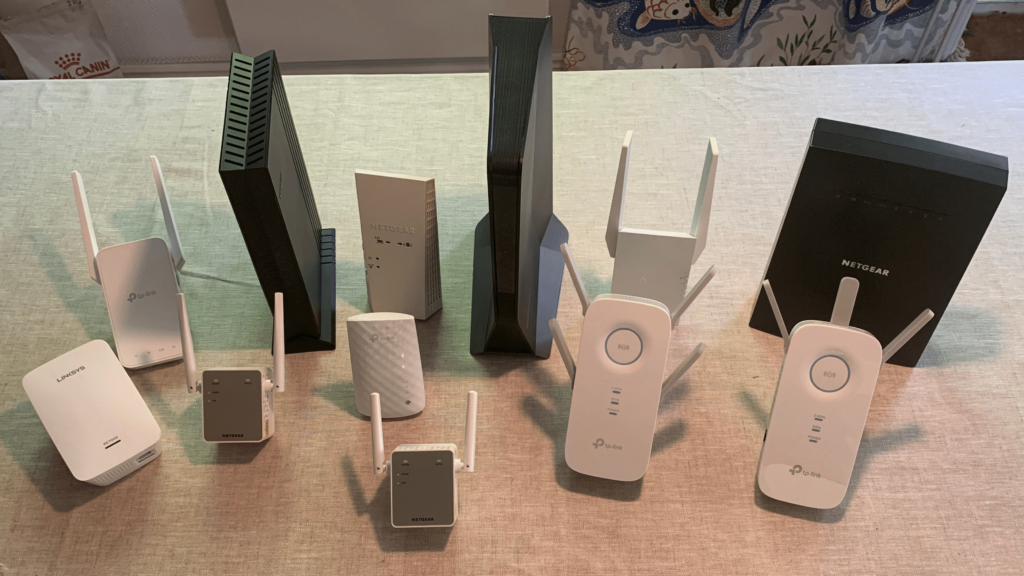
Alternatives
Here are some alternative recommendations to the Netgear EAX20 AX1800.

